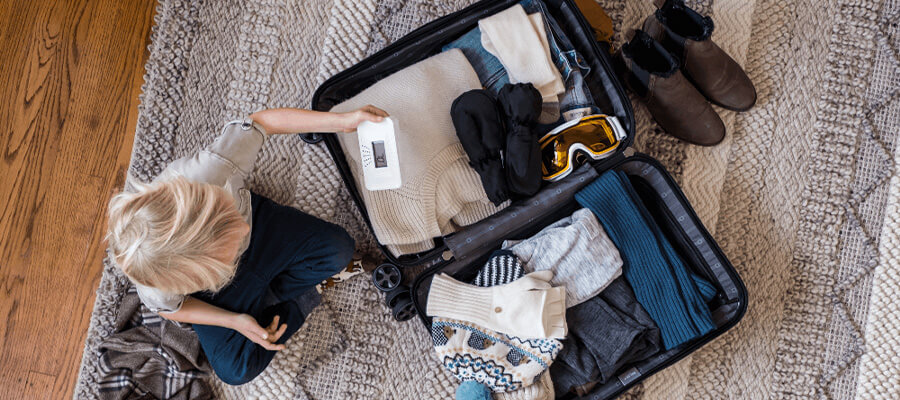Carbon Monoxide Travel Tips

Traveling is a time to relax, experience new things and make memories. It’s a chance to forget about your long to-do-list and be worry free! However, even while on vacation, safety should always remain on your mind. Whether you are traveling with friends and family, for business, near or far, help protect yourself and loved ones by packing a portable carbon monoxide (CO) detector.
Carbon monoxide is a tasteless, odorless and poisonous gas commonly produced from fuel burning devices such as a stove, fireplace or water heater. The only way to detect this deadly gas is by having a functioning carbon monoxide alarm.
When traveling, it is hard to know if where you are staying will have working carbon monoxide alarms. As well as if they will have the recommended number of alarms and follow the proper placement of CO detectors for the best protection. To help ensure you and your loved ones are protected, First Alert recommends packing our small, tabletop carbon monoxide detector for your travel needs.
Portable Carbon Monoxide Detector For Traveling
This 10-year sealed battery carbon monoxide detector is ideal for traveling:
- The tabletop design requires no installation, simply place it on any shelf or counter
- The 10-year battery eliminates the need to replace the batteries for the life of the alarm
- Its small size makes it ideal to pack in any size bag
- The sealed battery is safe to pack when traveling by plane
Next time you book a hotel room, rent a vacation home, or travel to see family and friends, make sure to follow our carbon monoxide detector travel tips and pack this life saving, portable device in your bags. It is best to be prepared since you don’t know the last time the hotel changed the batteries in the alarms or if your vacation rental will even have carbon monoxide detectors. A portable CO detector for travel will help ensure that your vacation is worry free and that your family is protected from the dangers of this deadly gas.
For more information on traveling by plane with battery-operated devices, please visit FAA.gov for travel guidelines.